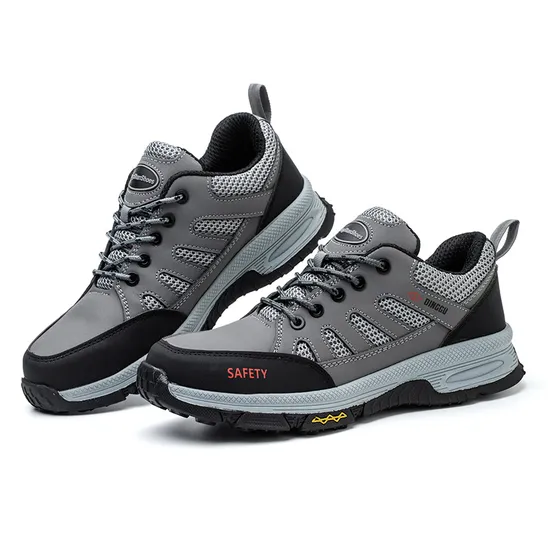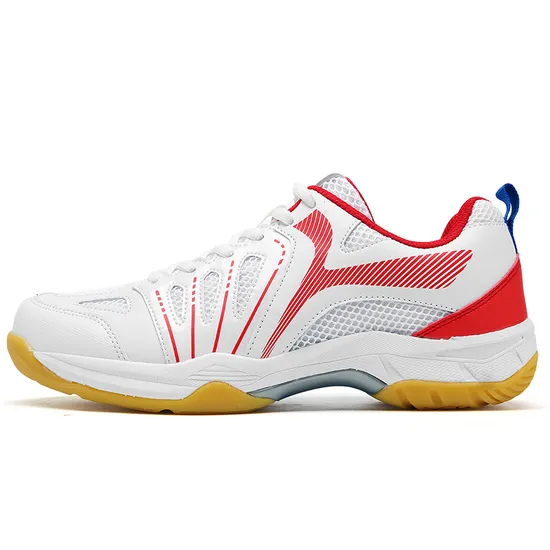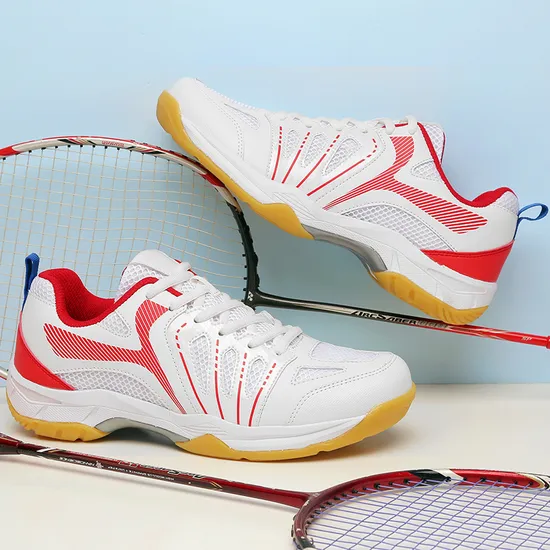New Zealand’s dynamic footwear market, shaped by its diverse climates, active lifestyles, and growing eco-conscious consumer base, offers compelling opportunities for Chinese shoe manufacturers. As a global leader in footwear production, China provides cost-effective, innovative, and scalable solutions that align with New Zealand’s unique market demands. This article explores how sourcing shoes from China can empower New Zealand businesses to meet local preferences while leveraging global supply chain efficiencies.
—
1. China’s Dominance in Footwear Manufacturing
China remains the world’s largest producer of shoes, accounting for over 60% of global output, with a robust industrial ecosystem that combines affordability, technological sophistication, and adaptability. For New Zealand importers, Chinese manufacturers offer a strategic solution to balance quality, sustainability, and budget.
Core Advantages:
– Cost Efficiency: Competitive labor and material costs enable Chinese factories to produce durable, stylish shoes at prices competitive with regional imports, appealing to price-conscious New Zealanders.
– Technological Innovation: Advanced machinery, automated stitching, and eco-friendly materials (e.g., recycled polyester, water-based inks) ensure products meet international standards while accommodating niche requirements like waterproof hiking boots or breathable athletic shoes.
– Customization Flexibility: Manufacturers can adapt designs, sizes, and materials to suit New Zealand’s diverse needs, from beachwear to alpine gear.
—
2. Aligning with New Zealand’s Consumer Preferences
New Zealand’s footwear market is driven by a love for outdoor activities, a thriving fashion scene, and strong environmental values. Consumers prioritize durability, comfort, and sustainability, creating opportunities for Chinese suppliers to cater to these demands.
Market Insights:
– Outdoor and Athletic Demand: With New Zealand’s reputation as an adventure hub, lightweight trail runners, waterproof hiking boots, and UV-protective sandals are in high demand.
– Climate Adaptability: Shoes must withstand rugged terrains—from volcanic trails to coastal mud—requiring durable materials and slip-resistant soles.
– Sustainability Trends: Eco-conscious buyers increasingly favor brands using recycled materials, biodegradable packaging, and carbon-neutral shipping. Chinese factories now integrate these practices to align with New Zealand’s strict environmental regulations.
—
3. Navigating Logistics to New Zealand
Efficient logistics are critical for timely delivery to New Zealand. While the country’s geographic isolation poses challenges, strategic shipping routes simplify exports.
Logistics Considerations:
– Shipping Routes: Most shipments arrive via major ports like Auckland or Tauranga. Direct container shipping from Chinese hubs (e.g., Shanghai, Shenzhen) takes approximately 30–40 days, while bulk cargo often uses regional hubs in Australia for cost efficiency.
– Customs Compliance: New Zealand’s strict biosecurity laws require precise documentation (e.g., phytosanitary certificates for leather goods). Proactive coordination with customs brokers minimizes delays.
– Tariff Advantages: China-New Zealand Free Trade Agreement (ChNFTA) eliminates tariffs on most footwear imports, reducing landed costs for businesses.
—
4. Ensuring Quality and Local Adaptation
Chinese manufacturers adhere to rigorous quality control protocols, but proactive buyers can further mitigate risks by tailoring products to New Zealand’s needs.
Best Practices:
– Sample Testing: Request prototypes to evaluate comfort, durability, and suitability for rugged terrains (e.g., mountainous trails, sandy beaches).
– Performance Standards: Specify requirements for slip resistance, waterproofing, or thermal insulation, depending on use cases (e.g., sheep farming boots vs. surfwear).
– Cultural Customization: Incorporate Māori-inspired patterns or earthy color palettes to resonate with local buyers and differentiate products in the market.
—
5. Building Trust and Long-Term Partnerships
New Zealand’s business culture values transparency and collaboration. Chinese suppliers who prioritize clear communication and flexibility gain a competitive edge.
Strategies for Success:
– Clear Communication: Use bilingual teams or translation tools to align expectations on timelines, pricing, and product specifications.
– Flexible Payment Terms: Offer LC (Letter of Credit) or T/T (Telegraphic Transfer) options to accommodate local buyer preferences.
– After-Sales Support: Provide warranties or replacement policies to build trust, particularly for high-value items like work boots or hiking footwear.
—
6. New Zealand as a Regional Gateway
New Zealand’s strong trade ties with Australia and the Pacific Islands position it as a hub for expanding into markets in Southeast Asia and the Pacific Rim. By establishing a presence here, Chinese manufacturers can leverage regional partnerships to scale operations.
Regional Opportunities:
– Tourism Synergy: New Zealand’s booming tourism industry (over 3 million annual visitors) creates demand for stylish, photogenic shoes sold in duty-free shops and luxury resorts.
– Sustainability Leadership: Compliance with New Zealand’s environmental standards enhances credibility for re-export to global markets.
—
Conclusion
Sourcing shoes from China offers New Zealand businesses a pathway to access high-quality, affordable products that cater to local tastes and global trends. By partnering with manufacturers who prioritize customization, sustainability, and logistical efficiency, New Zealand importers can strengthen their market presence while tapping into the Pacific region’s collective potential.
As New Zealand continues to champion innovation and eco-conscious practices, Chinese footwear suppliers who align with these values will play a pivotal role in shaping the nation’s evolving retail landscape. Through strategic collaboration, both nations can unlock mutual growth in a dynamic, interconnected world.
Article link:https://www.vlefooena.com/manufacturer/3967/




No reply content